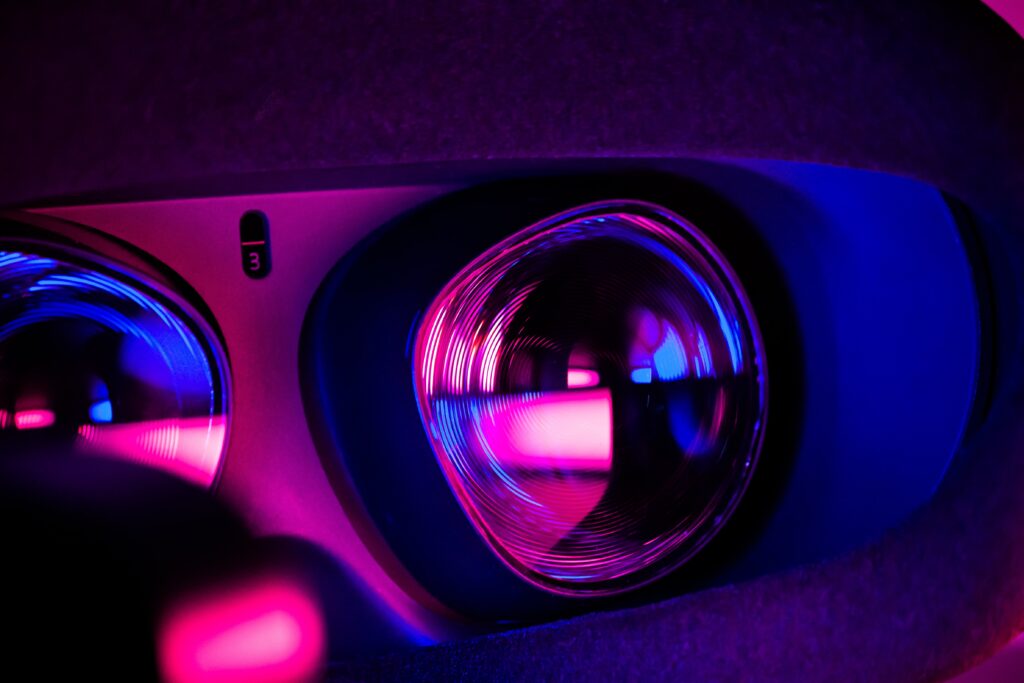When someone enters the immersive technology arena, one of the first questions they may ask is: what’s the difference between virtual reality (VR) and augmented reality (AR)?
These are reasonably easy to distinguish, but additional terms are less standard, such as mixed reality (MR) and extended reality (XR). Because these terms are becoming more prevalent, they will be separate initially but later become joined aspects of the metaverse as we advance.
We will go through all of these concepts to improve our understanding and provide a few examples.
What is VR?
Virtual reality or VR is what most prominent tech companies are pushing as the metaverse. It is an entirely immersive alternative reality that is coming to the mass market. It can be experienced by wearing a VR headset such as “Meta Quest,” formally Oculus.
Wearing a VR headset is like having a large screen directly in front of you. It surrounds your vision, and you cannot see anything else. This setup means you are entirely immersed in the digital environment. For example, a user could be at home but transported to an entirely novel world by wearing the VR headset through its immersive audio and visual experience.
An excellent example of a VR use case is where hundreds of people in a mall could join the European Rallycross Championship winner.
At the shopping center, people only sat in actual racing car seats mounted to the wall. Still, the virtual reality system allowed them to be in the car and ride along with the champion from Latvia on the rallycross track at full speed.
While Oculus was the first widespread application of a VR headset, and while it was priced out of the range of most consumers, the best-known initial application was much more accessible to consumers. It was the Google Cardboard. These simple folding cardboard items are still available and allow their users to insert their mobile phones into the headset for use as the device’s headset.
Samsung Gear was the next, more widely accessible, application of VR using a head mount that came with every Galaxy S6 flagship phone purchase.
VR has broadened beyond these initial devices. With Meta’s (Facebook’s) purchase of Oculus and their intention to take over the metaverse space, the newer generation of devices is compelling and no longer the freebie novelty item they were. VR has several entertainment uses and is now becoming more familiar with gaming.
However, VR can also add a lot of value to other applications, such as education, manufacturing, and medicine.
Read the full article here.






